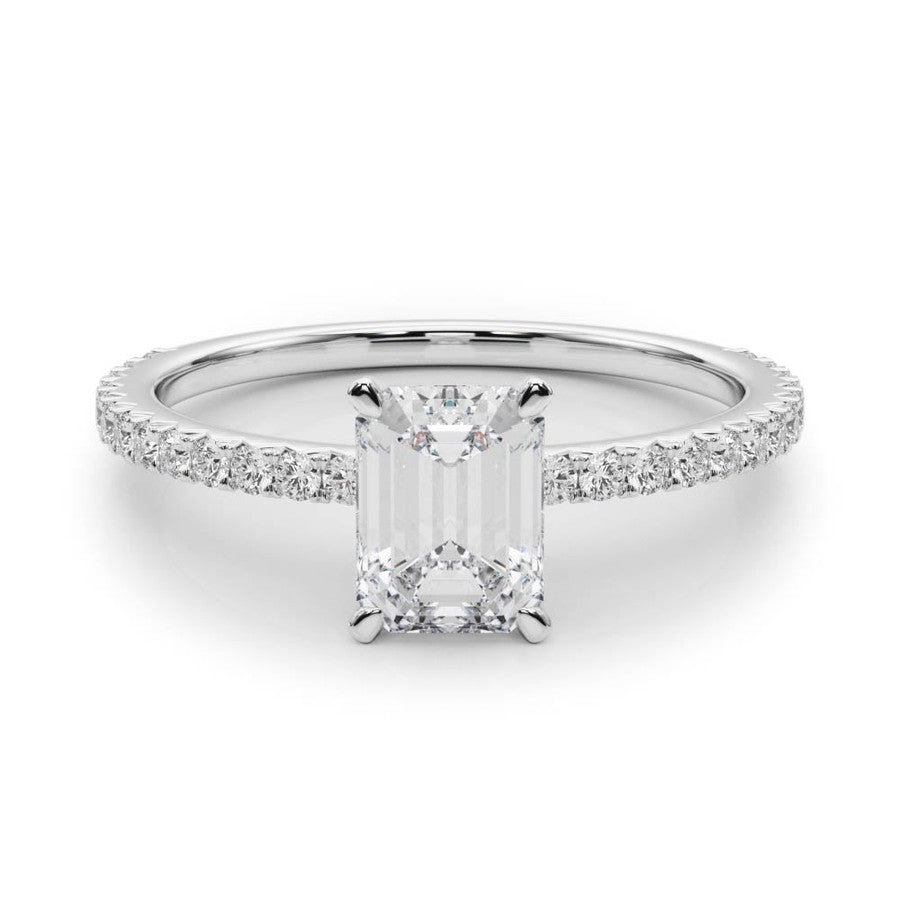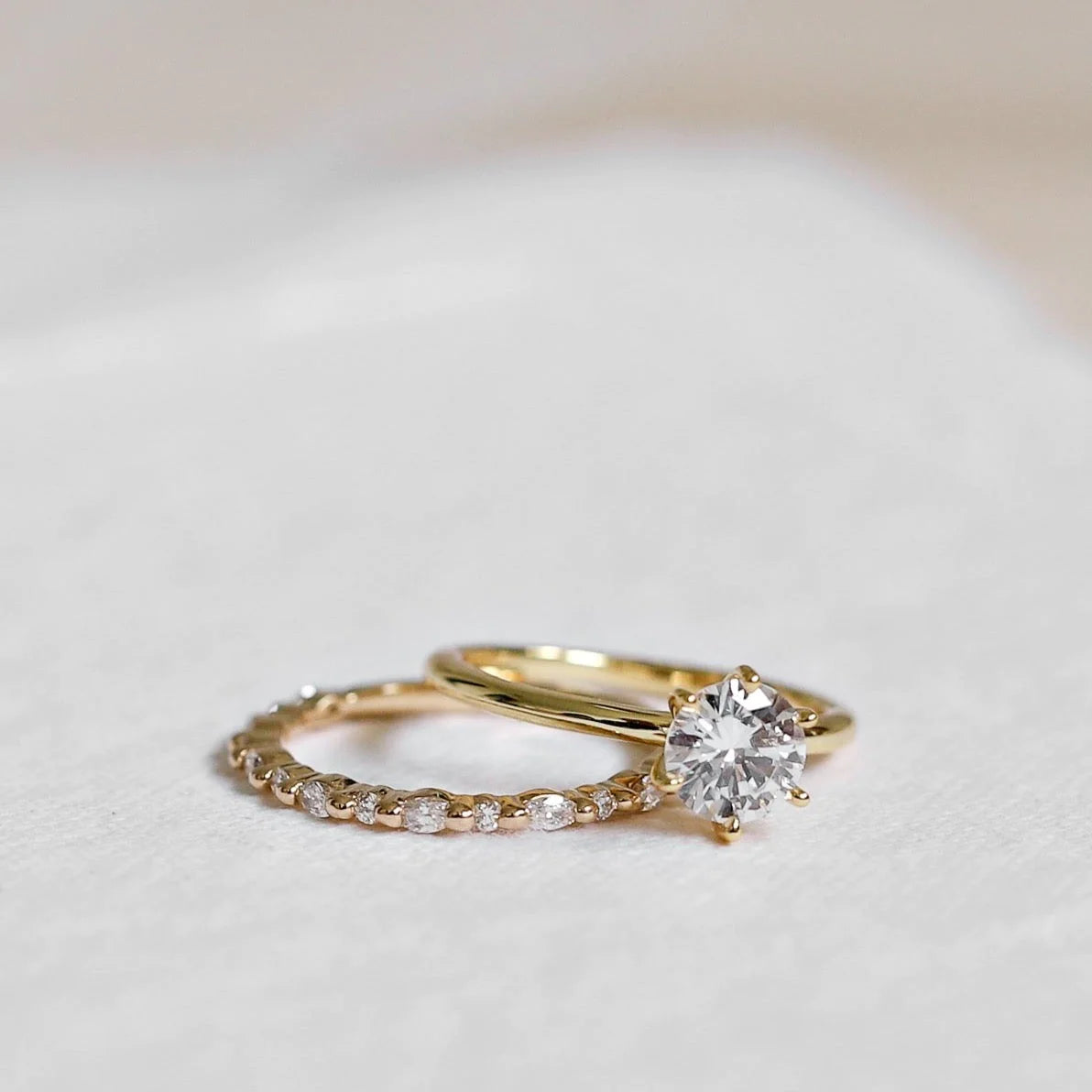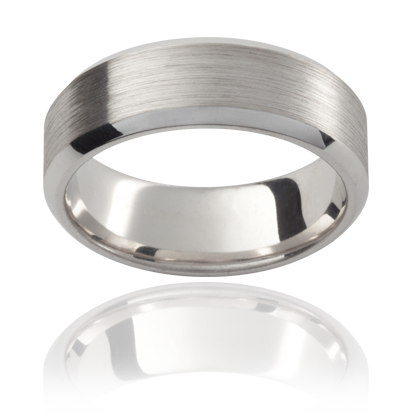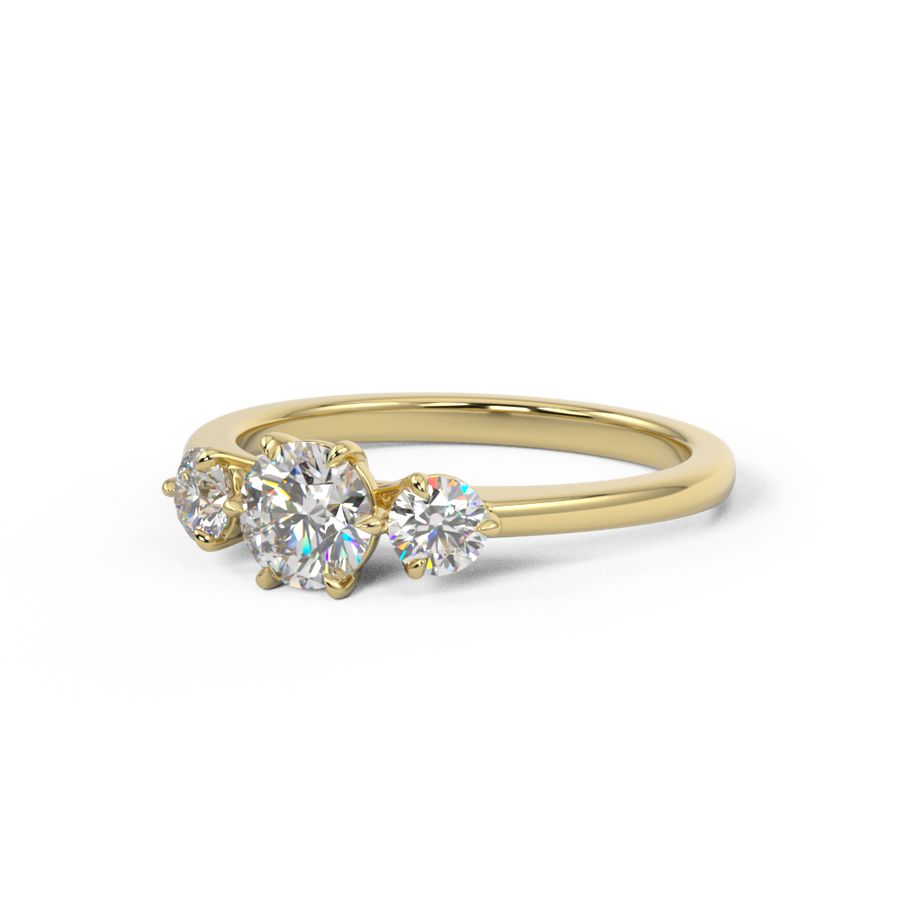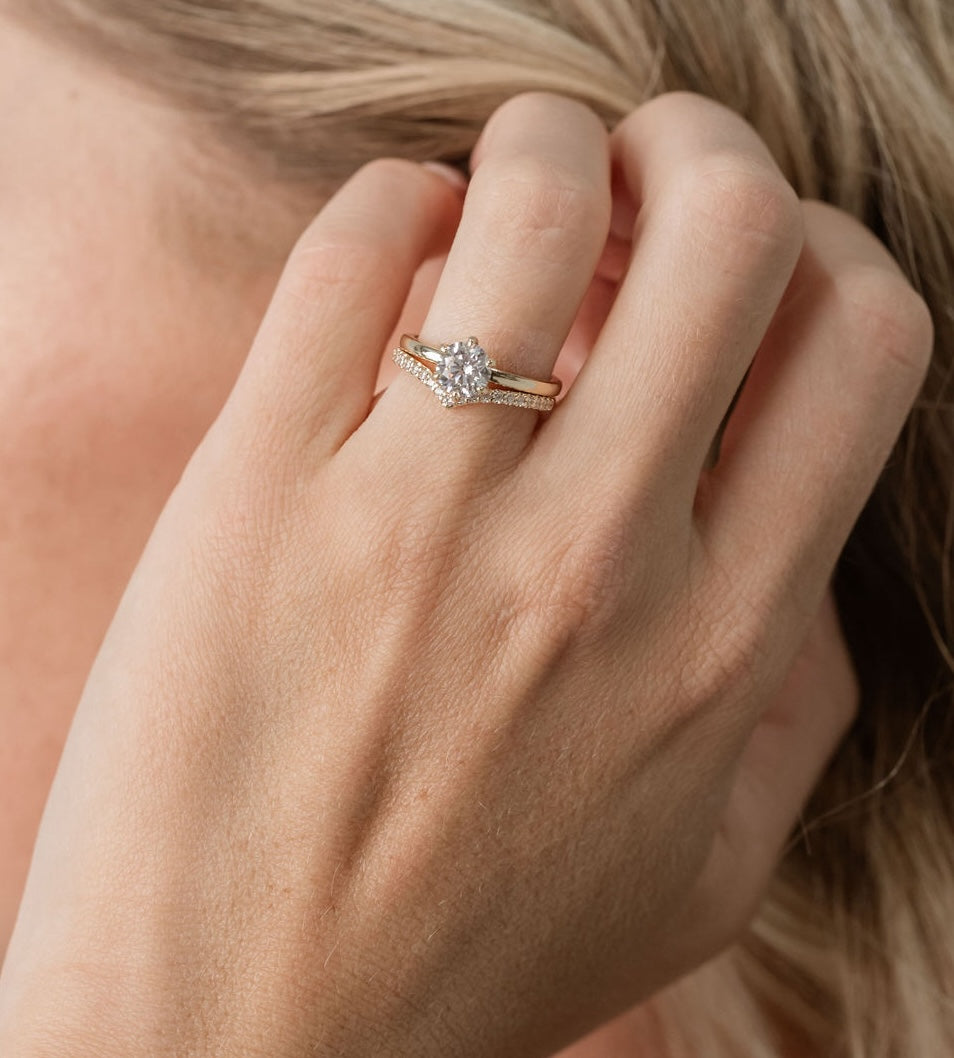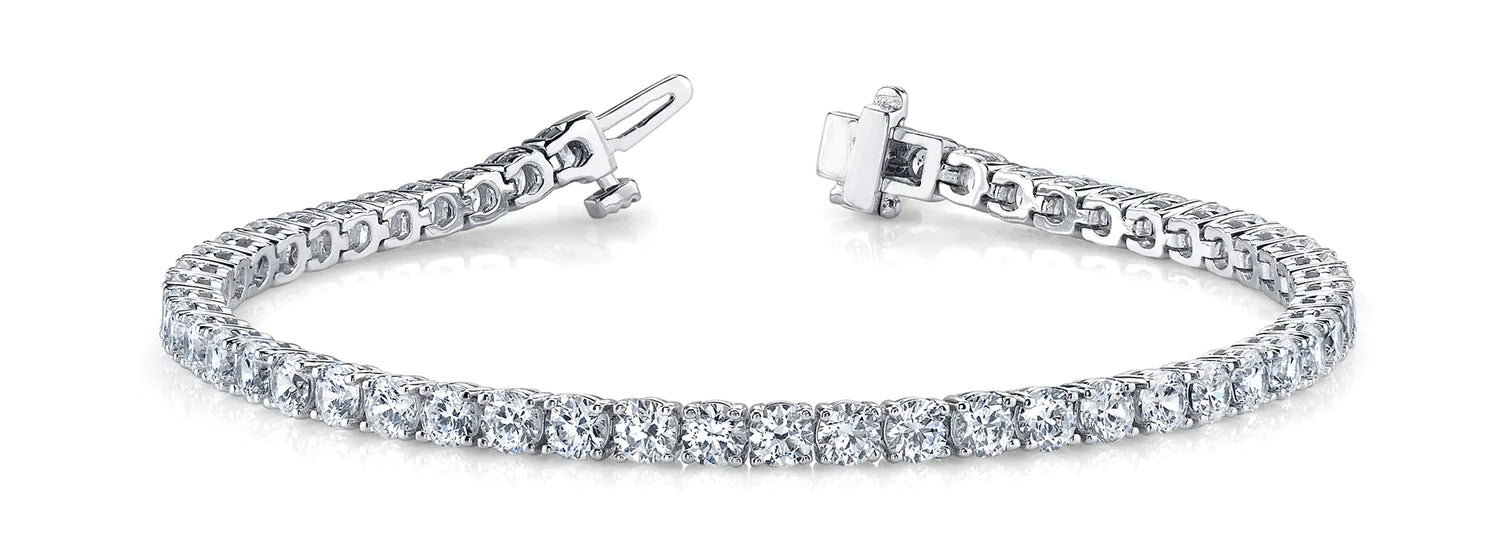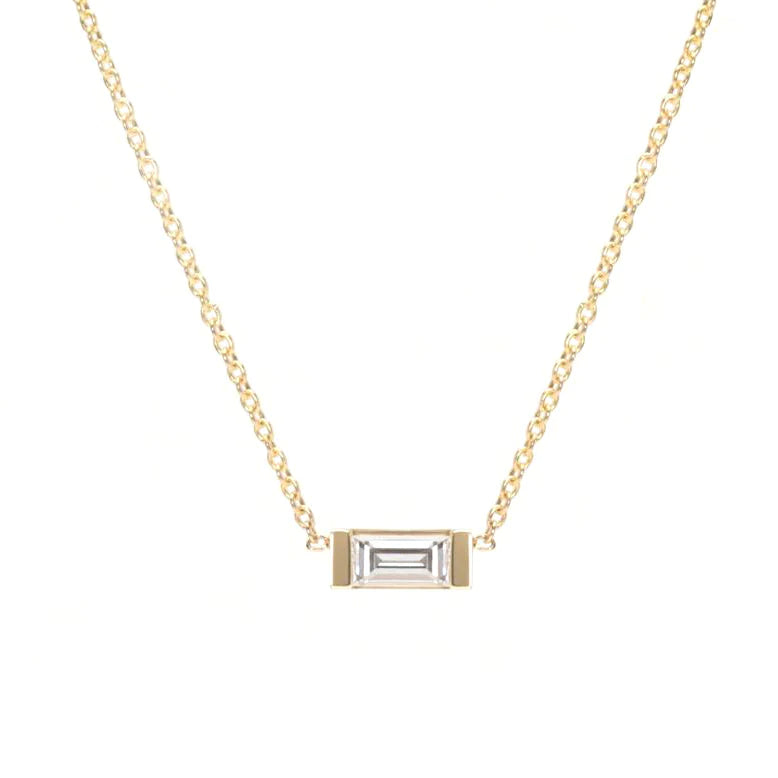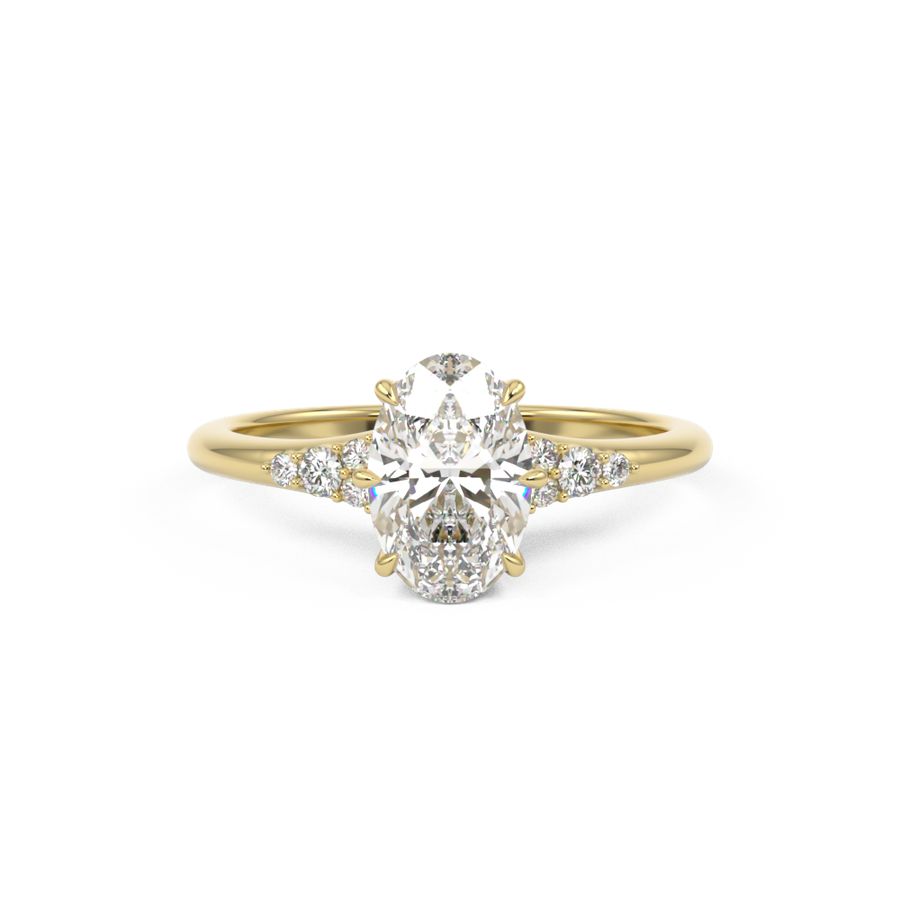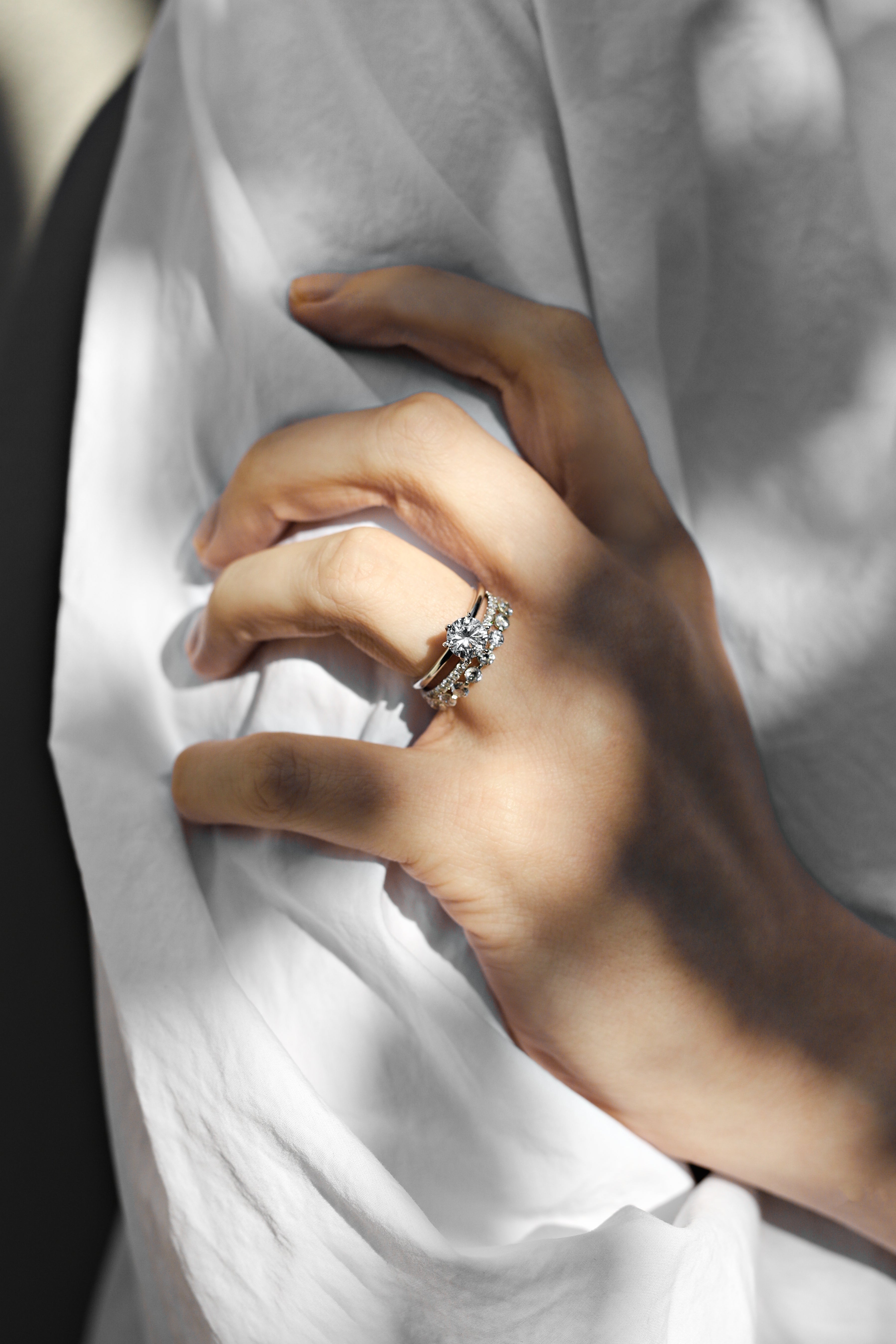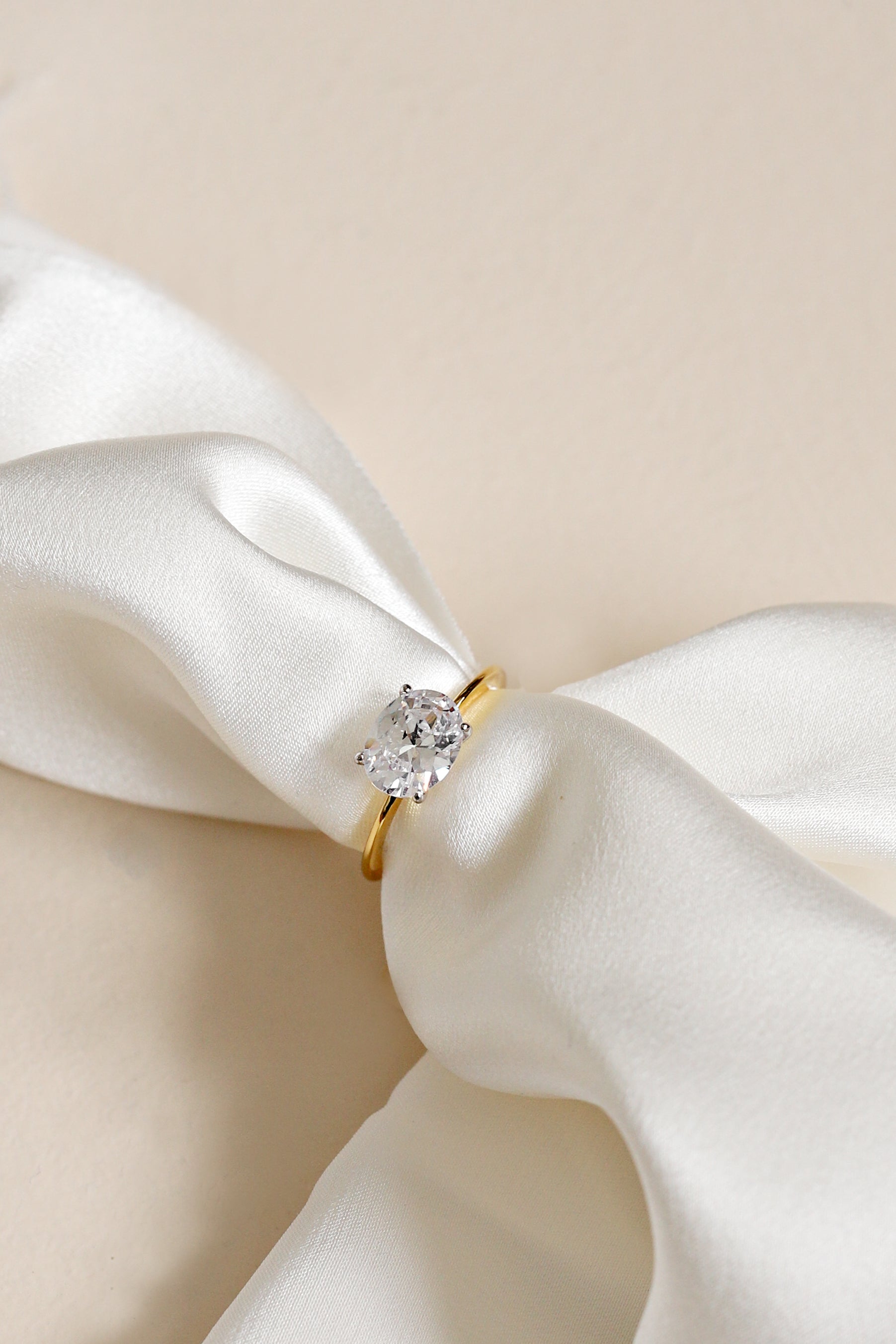Streak (mineralogy)
Definition and Importance of Streak
- Streak is the color of the powder produced when a mineral is dragged across an un-weathered surface.
- It is a diagnostic tool in mineral identification.
- Streak is particularly important for opaque and colored materials.
- It is less useful for silicate minerals.
- Minerals with no visible streak are considered to have a white or colorless streak.
Factors Affecting Apparent Color
- The apparent color of a mineral can vary due to trace impurities or disturbed crystal structure.
- Small impurities do not greatly affect the absorption of light when a mineral is crushed into powder.
- The color of the powder produced during streak testing is more consistent than the apparent color.
- Impurities can radically change the wavelengths of light reflected by the mineral.
- Streak testing breaks the specimen into randomly oriented microscopic crystals.
Streak Plate and Alternative Surfaces
- The surface across which the mineral is dragged is called a streak plate.
- Streak plates are generally made of unglazed porcelain tile.
- The unglazed underside of a porcelain bowl or vase can also be used as a streak plate.
- The back of a glazed tile can serve as an alternative streak surface.
- Sometimes comparing the streak with another streak plate can provide a more accurate description.
Mineral Hardness and Streak
- A streak can only be made by minerals softer than the streak plate.
- The Mohs scale of mineral hardness is used to determine if a mineral can produce a streak.
- Minerals with a hardness of around 7 on the Mohs scale can create a streak.
- Harder minerals require filing or crushing to determine the color of the powder.
- Most harder minerals have an unhelpful white streak.
Examples of Streak Colors
- Some minerals leave a streak similar to their natural color, such as cinnabar, lazurite, and native gold.
- Fluorite always has a white streak despite appearing in various crystal colors.
- Hematite, with a black appearance, leaves a red streak, giving it its name derived from the Greek word for blood.
- Galena, resembling hematite, can be distinguished by its gray streak.
- Streak colors can provide additional identification clues for specific minerals.
Streak (mineralogy) Data Sources
| Reference | URL |
|---|---|
| Glossary | https://harryandcojewellery.com.au/blogs/glossary/streak-mineralogy |
| Wikipedia | http://en.wikipedia.org/wiki/Streak_(mineralogy) |
| Wikidata | https://www.wikidata.org/wiki/Q107775 |
| Knowledge Graph | https://www.google.com/search?kgmid=/m/02q3w0d |

